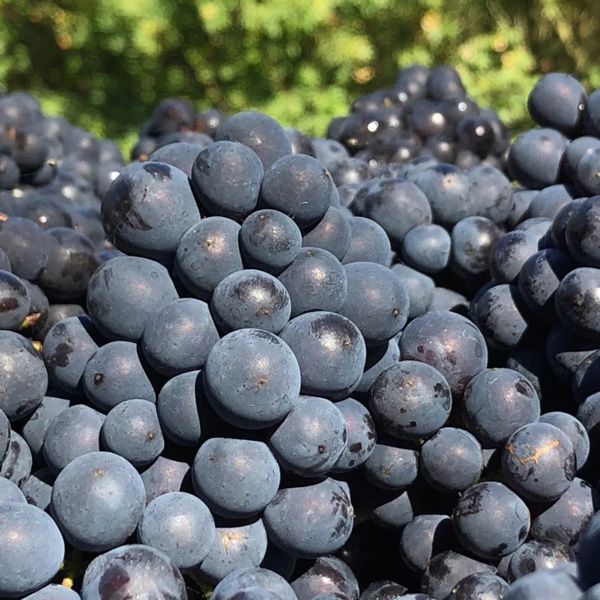
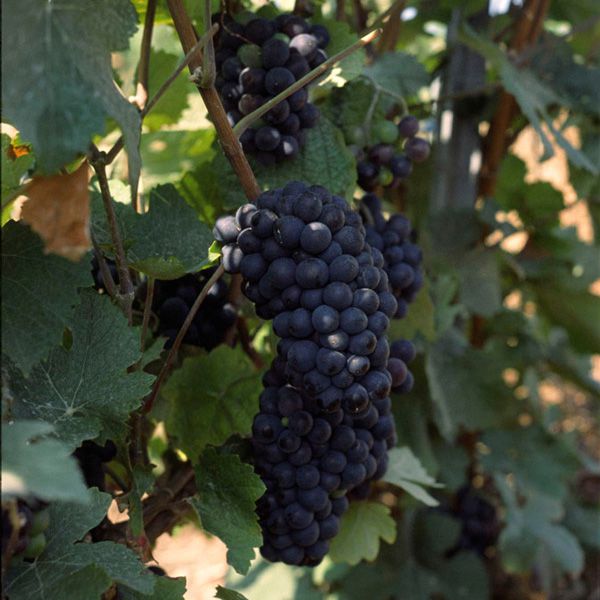
It’s a travesty years in the making that Pinot Meunier has so long been overlooked for the part it plays in creating that dazzling incomparable wine we know as Champagne. Chardonnay and Pinot Noir have unfairly hogged the limelight in the eponymous region, casting a long shadow over the third variety in the Champagne trinity. Yes, today we seek to rectify the situation. Often, it’s only the most devoted sparkling wine acolytes who are able to reel off the *three main grapes which comprise the world’s most famous bubbly. Given the prevalence of Pinot Noir and Chardonnay across the great regions of the wine world, it’s no real surprise. The two may have a monopoly on oenophile’s taste buds, but let’s raise a glass to change.

The French ‘meunier’ translates to ‘miller’ en anglais, an allusion to the diminutive white hairs covering the underside of the Meunier vines’ leaves which farmers of the past decided was reminiscent of a flour-dusted surface. Further afield in Germany, it was once more commonly known as Müllerrebe or ‘miller’s vine’ – today it is often bottled as Schwarzriesling.
For many decades, Meunier was relegated to the lower echelons of Champagne, and this line of thinking has carried through to the modern era in certain respects. This belies its importance in the region. Meunier has graced the hills and valleys of Champagne since at least the 16th century. Today, boasting 32 per cent of total plantings, it represents more than Chardonnay, which clocks in at 28 per cent, and almost as much as Pinot Noir, at 38 per cent. Hardly an inconsequential grape and we haven’t even begun to discuss what Meunier imparts to the blend.
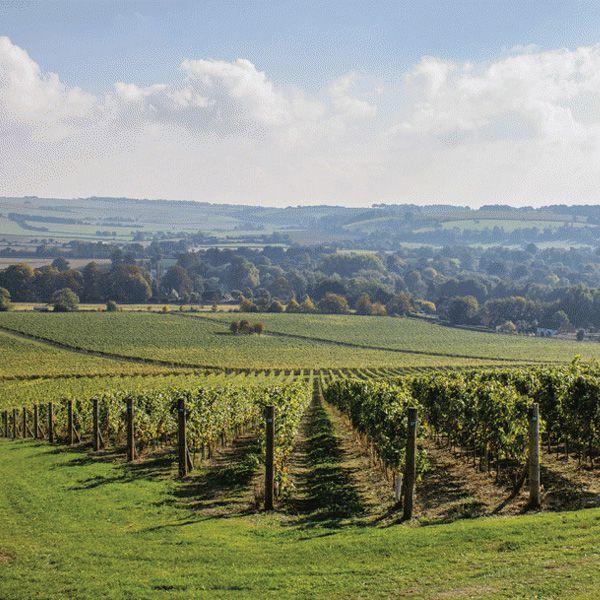
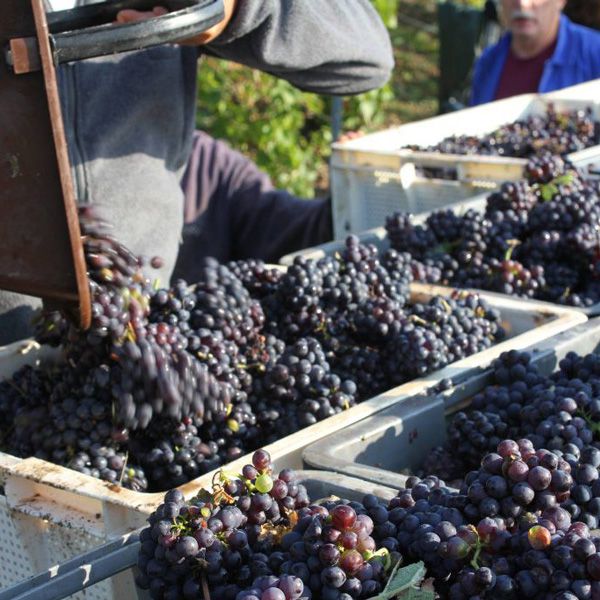
Champagne has a marginal climate. Its hills and valleys are frost-prone, especially in spring. Compared to Pinot Noir and Chardonnay, Meunier’s bud break occurs later in the season. It often misses spring freezes which can spell disaster for its earlier-budding brethren. The miller’s grape is robust and cold-resistant, meaning it thrives in the likes of the Vallée de la Marne, a cooler Champagne subregion where the other varieties struggle to grow with the same success.
Pinot Meunier also ripens earlier. The rot issues that malign Chardonnay and Pinot Noir don’t plague Meunier.
In Champagne blends, Pinot Meunier brings lush ripe fruit, richness, and a generous body. Of course, Chardonnay and Pinot Noir are rightfully revered for the quality of wines they produce. No one will argue that blanc de blancs Champagne is anything less than the paragon of elegance and finesse. Nor will they claim Pinot Noir doesn’t furnish a blend with gorgeous aroma, complexity, and backbone. But let us give credit where credit is due.
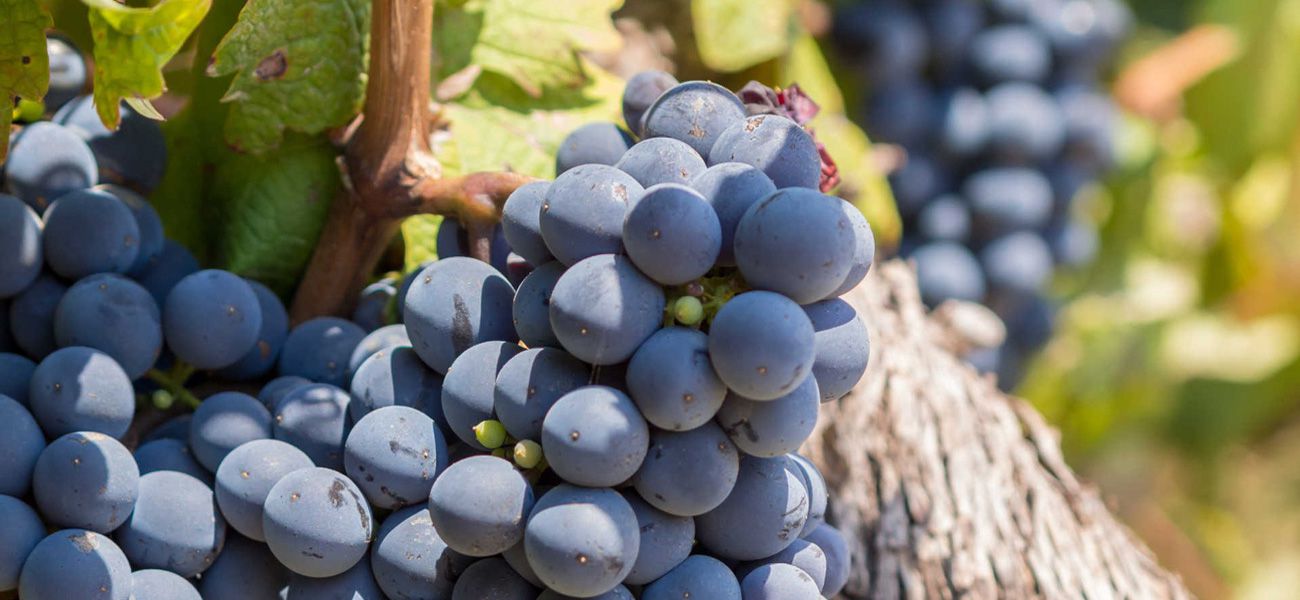
Meunier’s presence adds a roundness in a thin cuvée. As we touched upon earlier, it brings bright fruit flavour and heady aromas. Some argue it doesn’t age as well. But age ain’t nothing but a number. In deference to the grape’s many contributions to the region’s wines and its unique characteristics and flavour profile, many Champagne houses make 100 per cent Pinot Meunier Champagne or rely heavily on it for their cuvées. Pinot Meunier is particularly popular amongst grower-producers across the region.
Old vine Meunier yield especially noteworthy wines and producers across the region are demonstrating just how well Meunier-based Champagnes mature. If you need further proof, Krug uses higher percentages of the grape in its grand vin, and if it’s good enough for Krug…let’s just say one ought not to be so quick to snub Meunier.
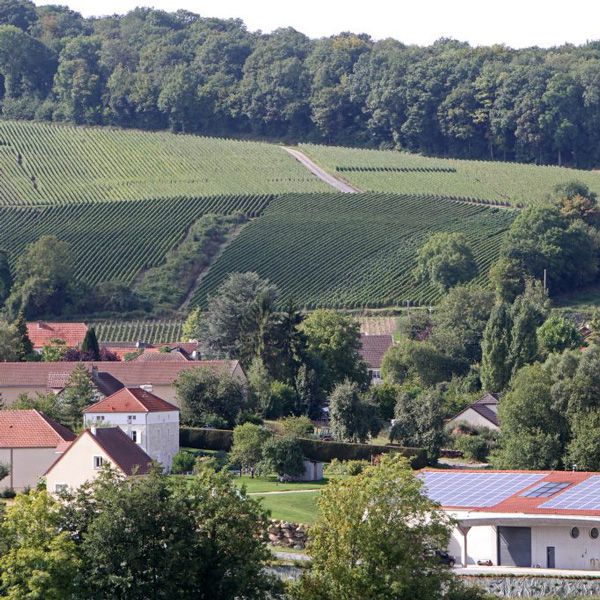
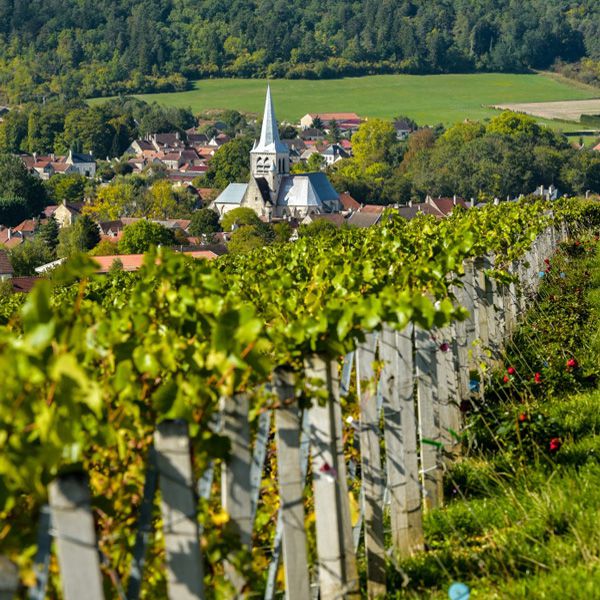
You’ll also come across Pinot Meunier in parts of the Loire, concentrated around Orleans AC, but also makes its way into the delicious vin gris of Touraine Noble Joué AC. German incarnations of the grape appear in bold, flavourful expressions, light table wines, and even vinified into a white wine. Most plantings are found in Württemberg and producers are beginning to add Meunier to their vineyards across Baden and Franken as well. In the past, the grape has seldom featured in Germany’s sparkling sekt. Rather than blending Meunier with its traditional companions, German sekt producers opt to bottle Meunier on its own. In British Columbia’s Okanagan Valley, it is made into rosés as well as being used for sparkling wines. Elsewhere in the world in places like Australia, New Zealand, California, and Oregon, it’s mostly used for Champagne-style bubbly.
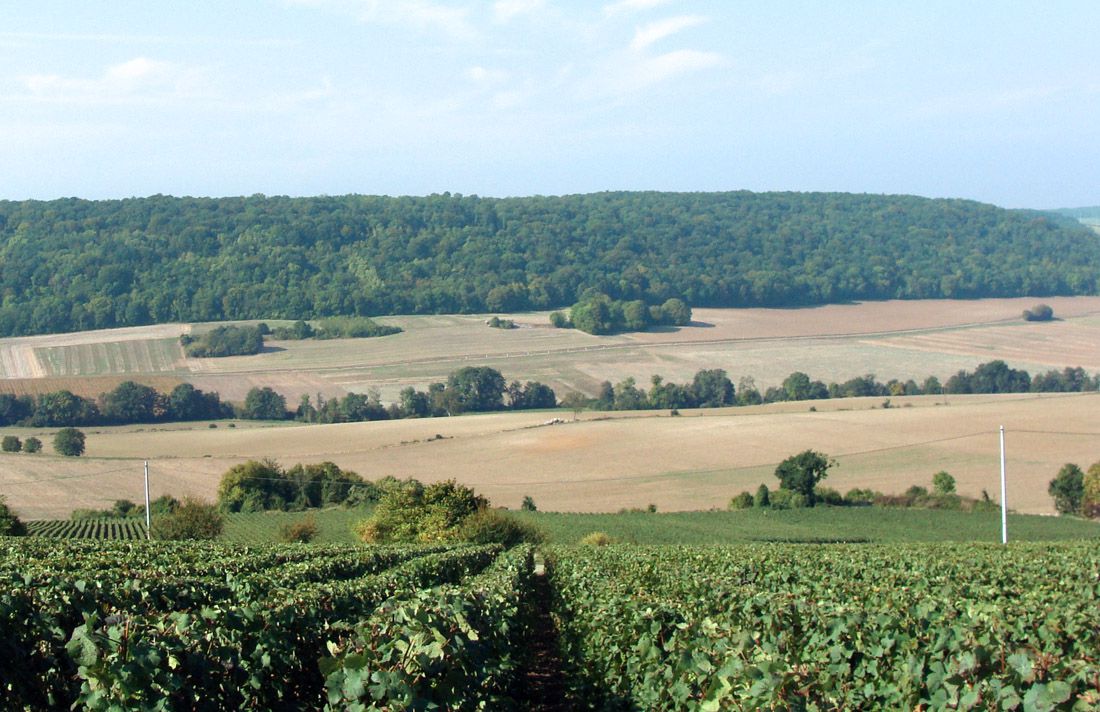
Raymond Chandler once wrote, “There is no bad whiskey. There are only some whiskeys that aren’t as good as others.” The same is true for Champagne. It’s a challenge to find less-than-stellar bubbly, but if you’re on the hunt for something a little different, perhaps a decadent champers with a certain je ne sais quoi, look no further than a blend with Pinot Meunier.
*While there are three main grapes which make up the bulk of all Champagne cuvées, there are actually seven varieties permitted in Champagne. The others are so rare they are often truly forgotten about. For the interested, they are Arbane, Petit Meslier, Pinot Blanc/Pinot Blanc Vrai, and Pinot Gris. A few houses such as Champagne Moutard include these grapes in their cuvées, but they are exception not the rule.

